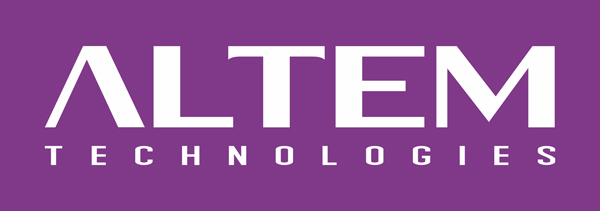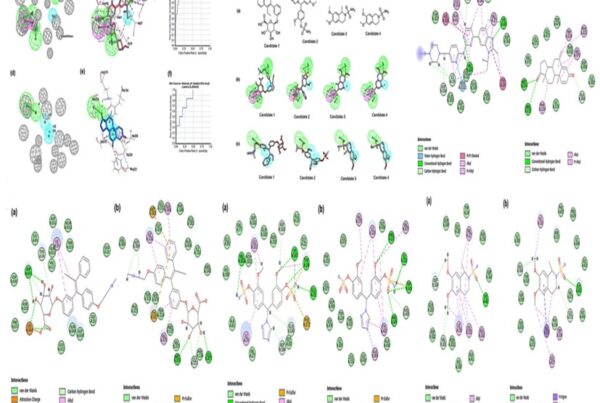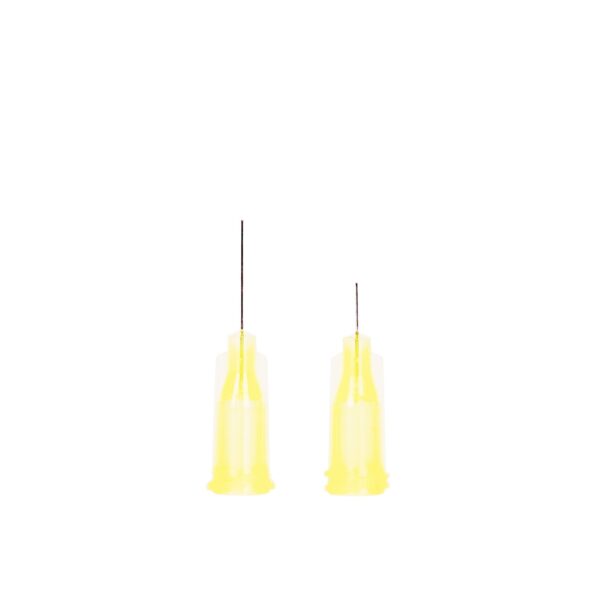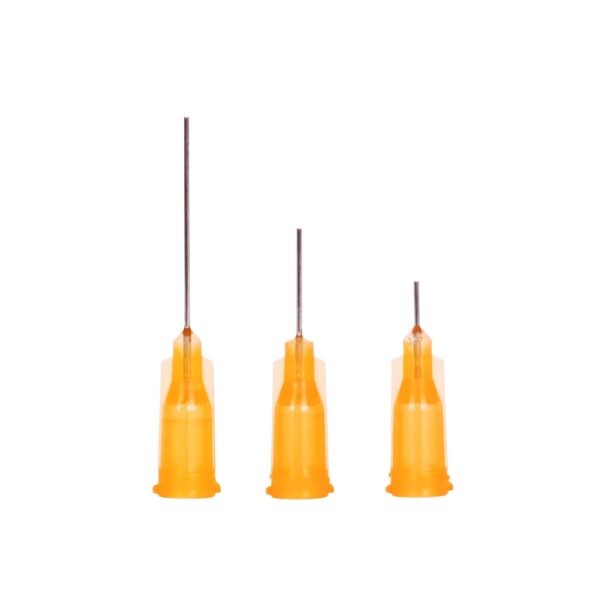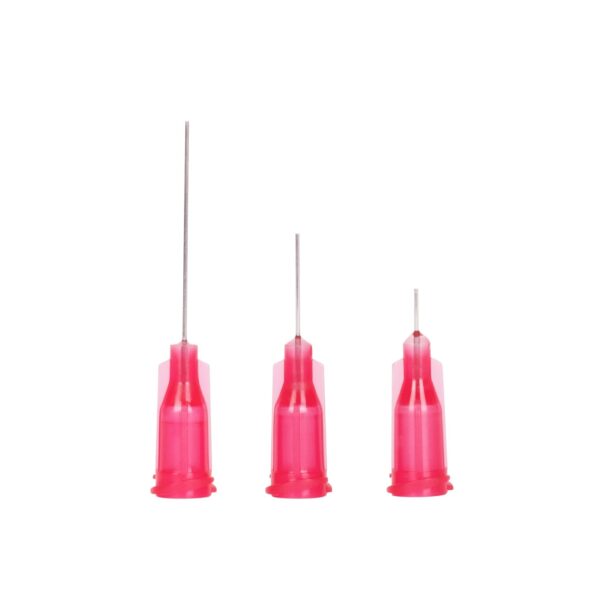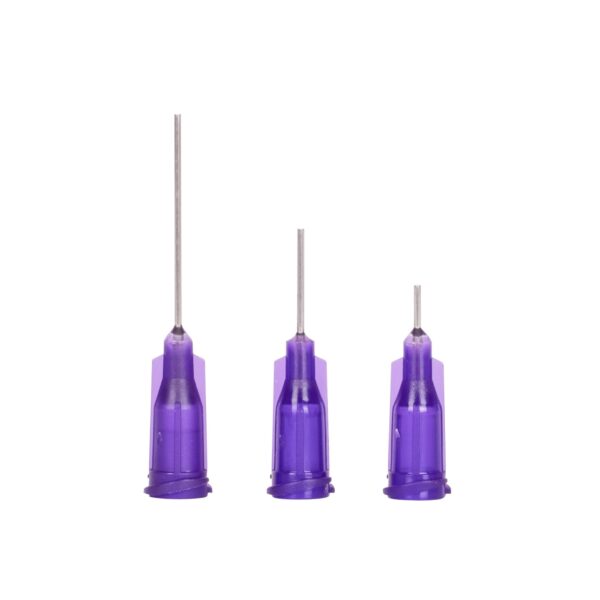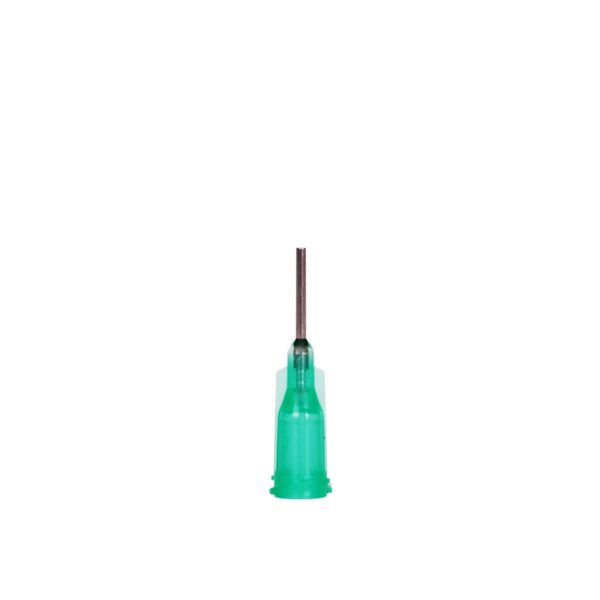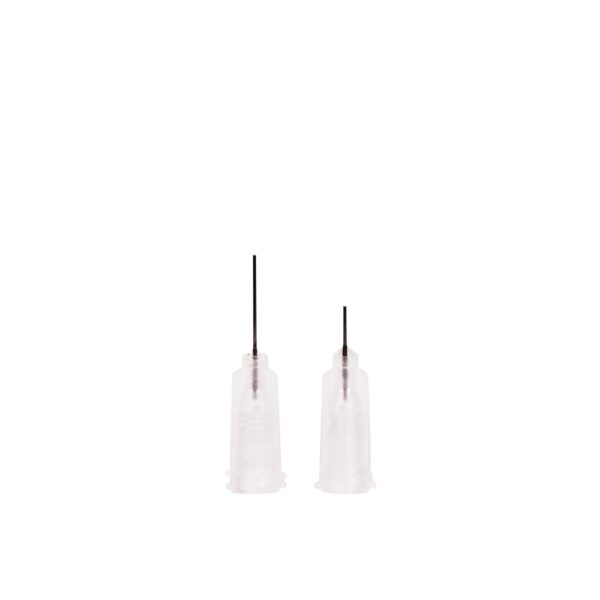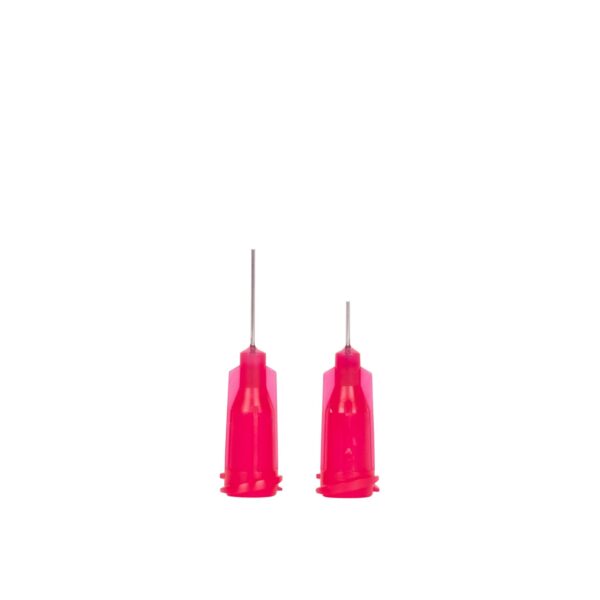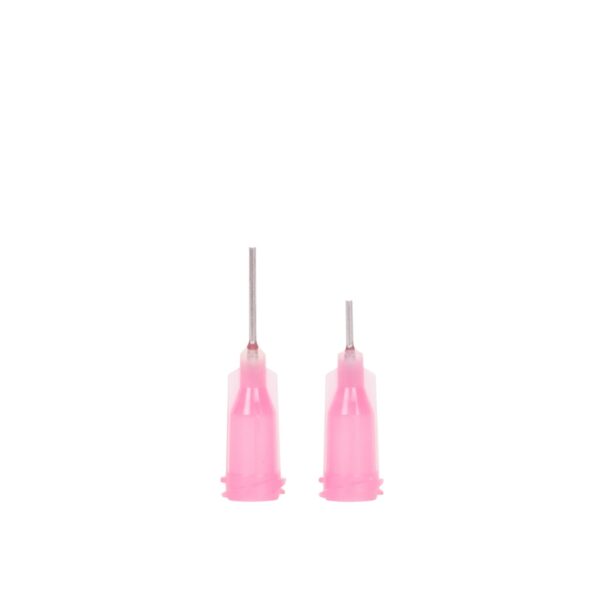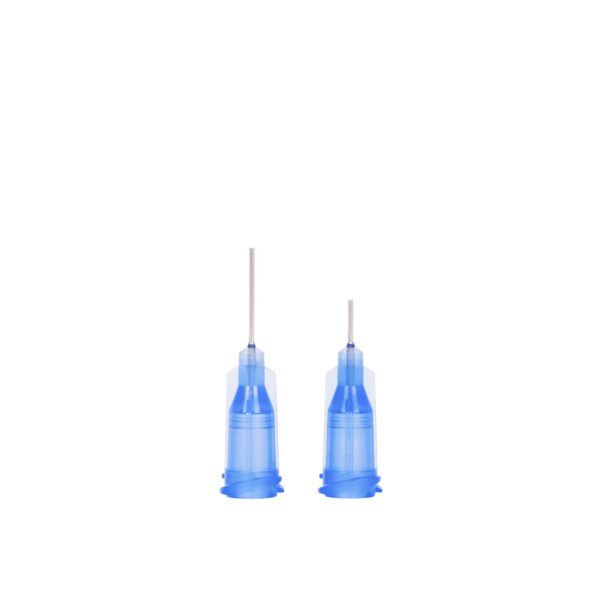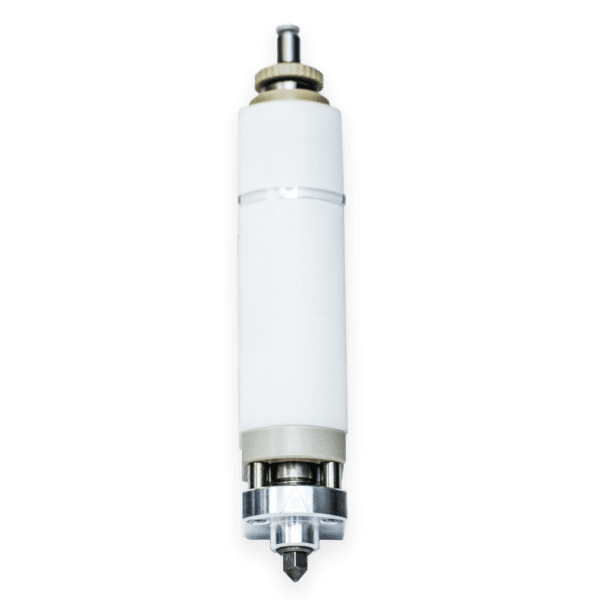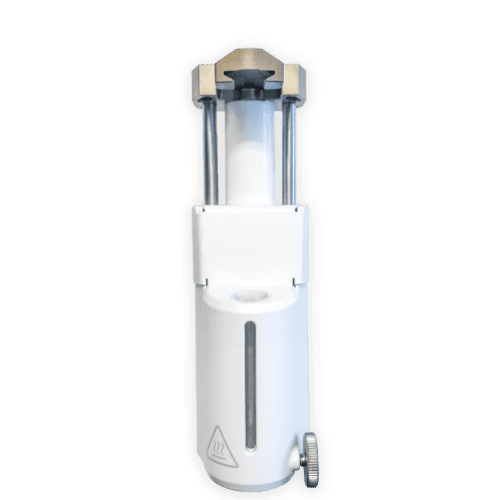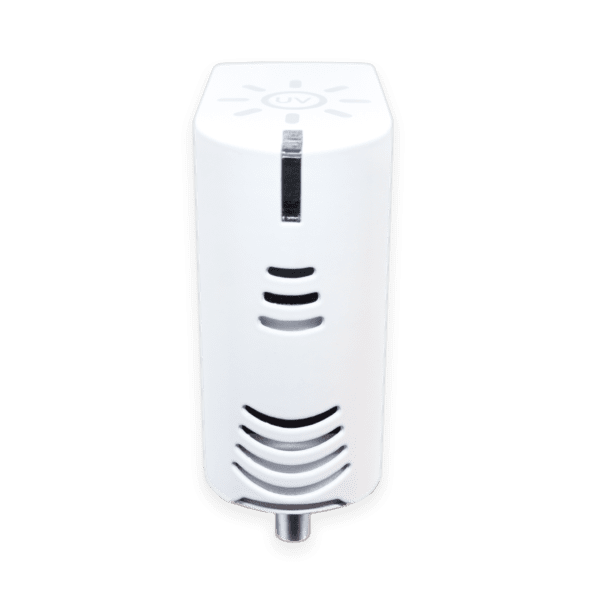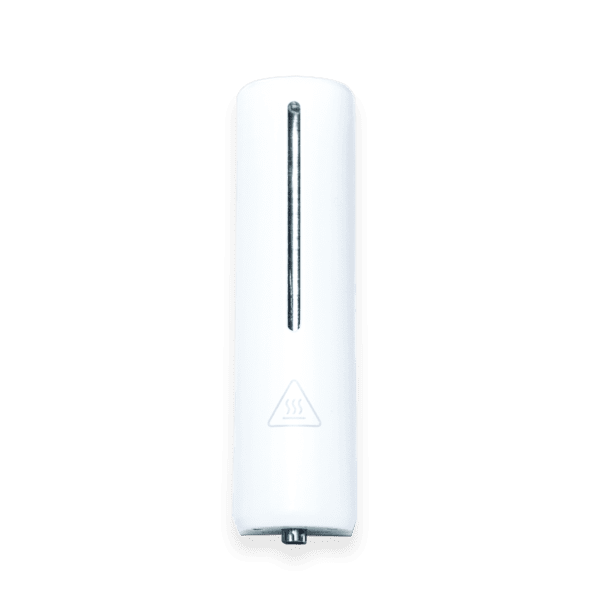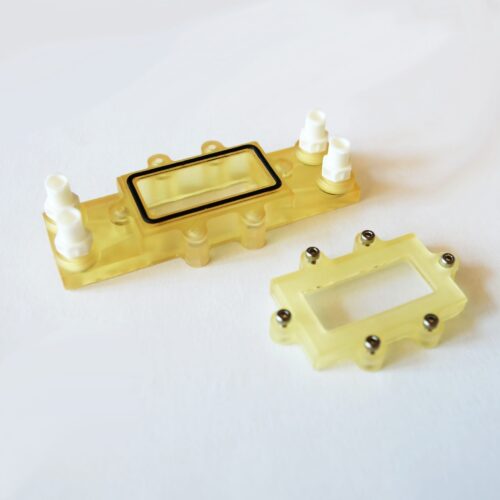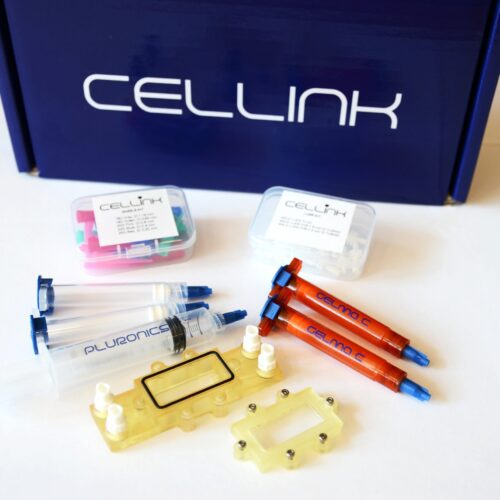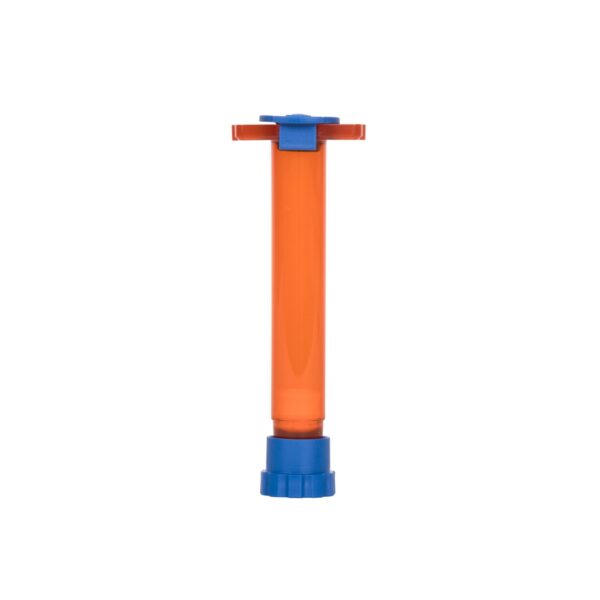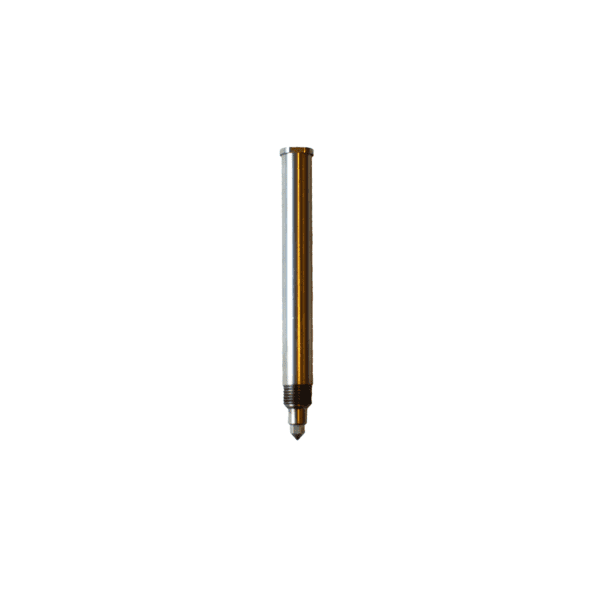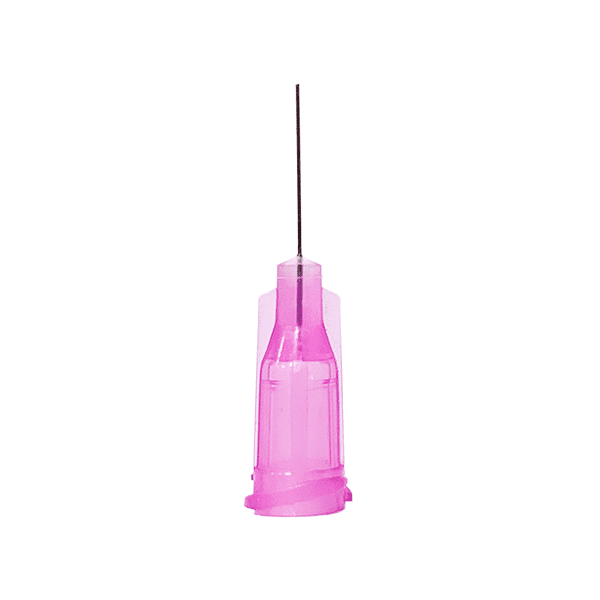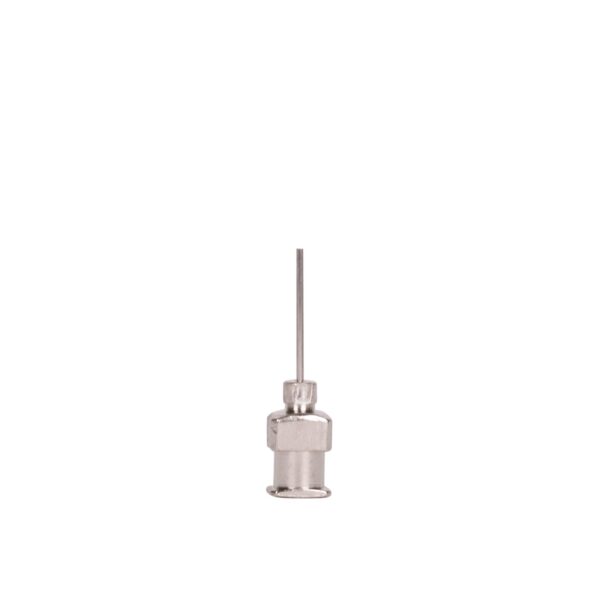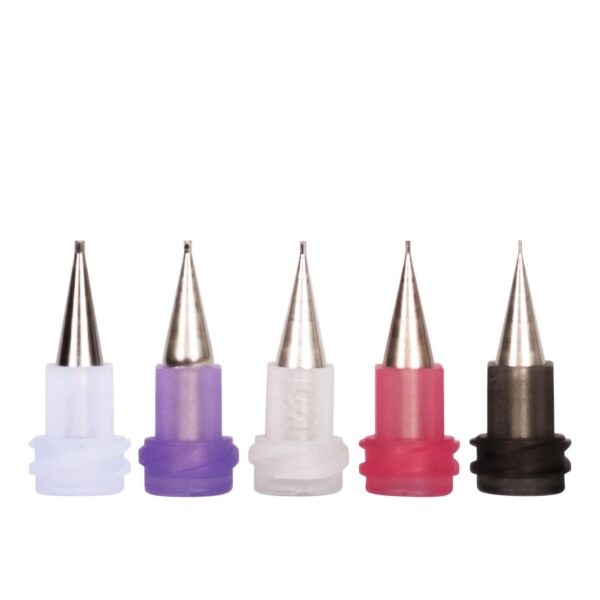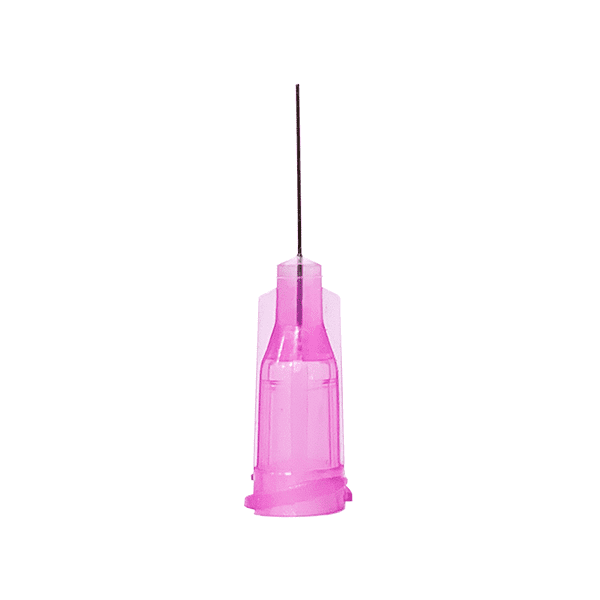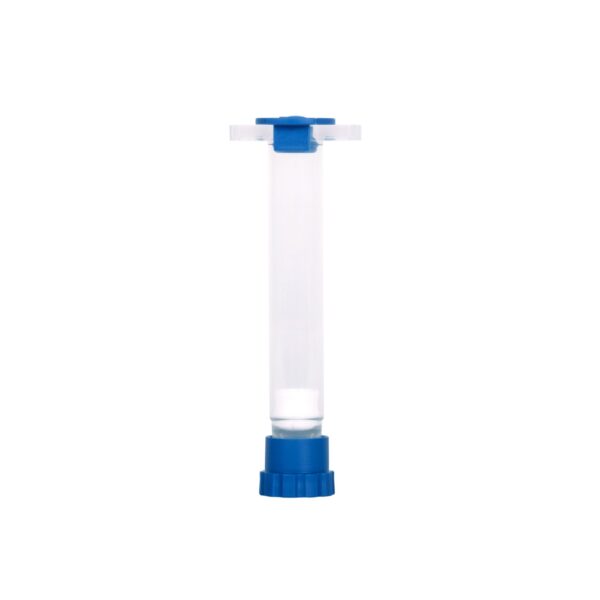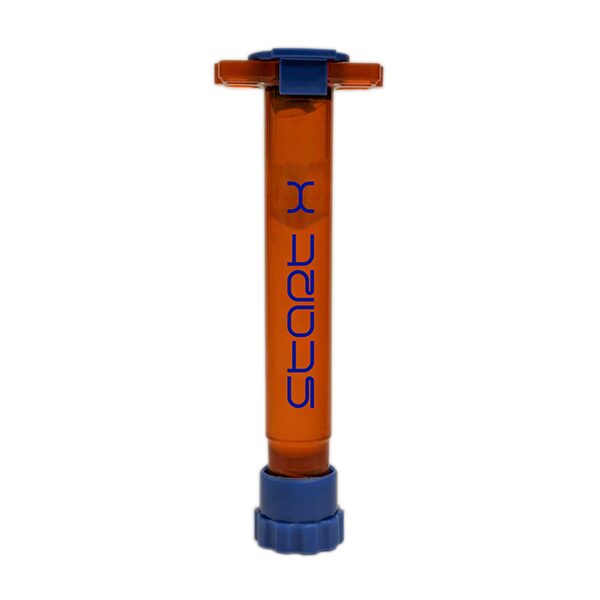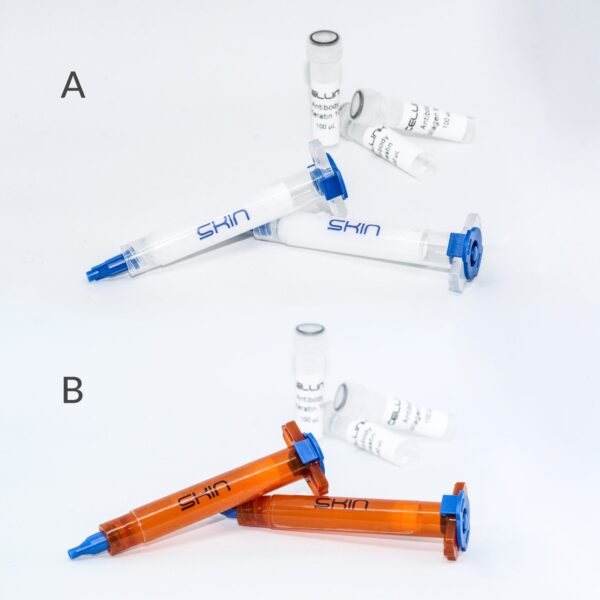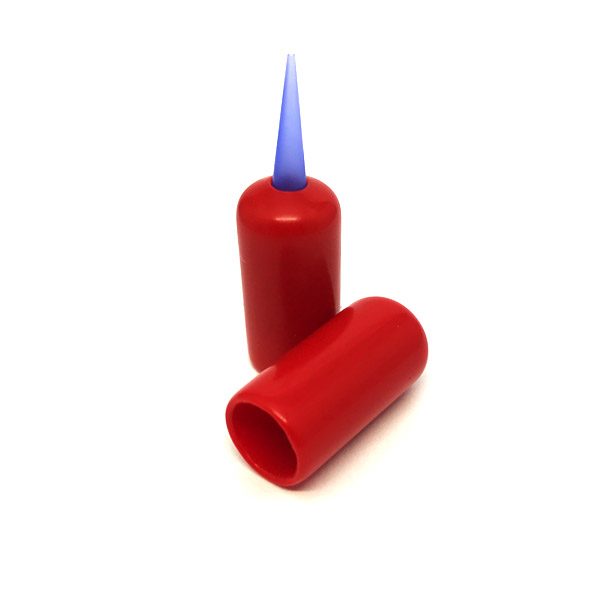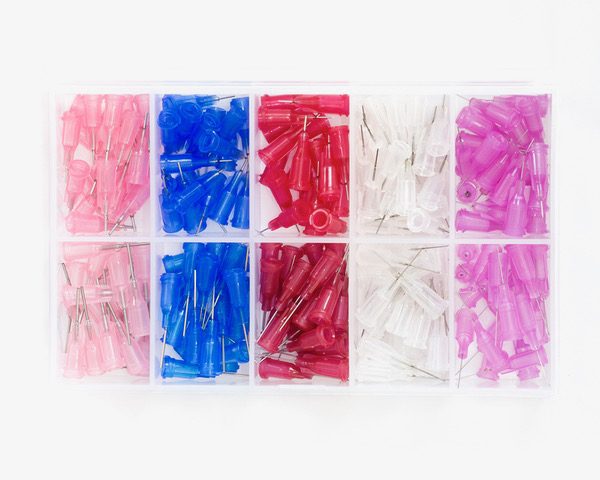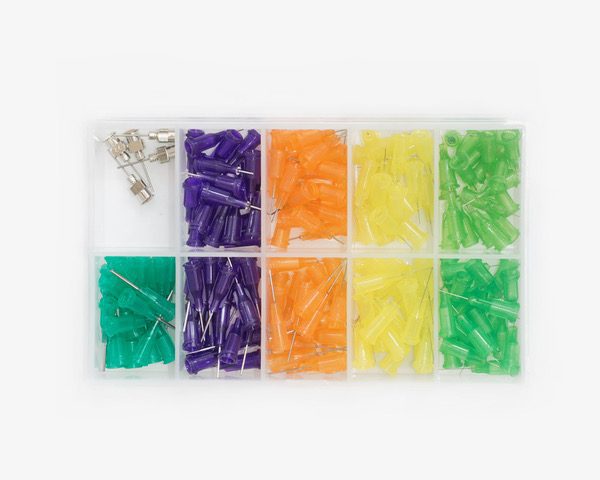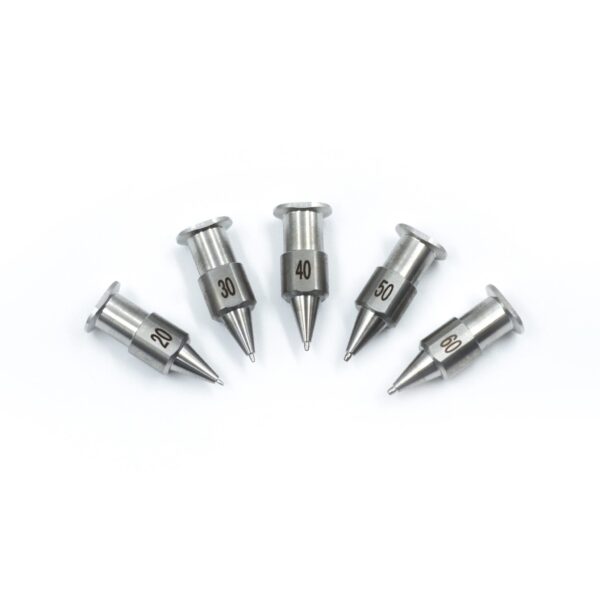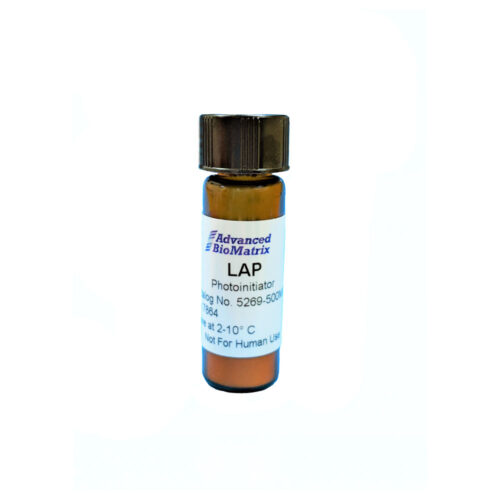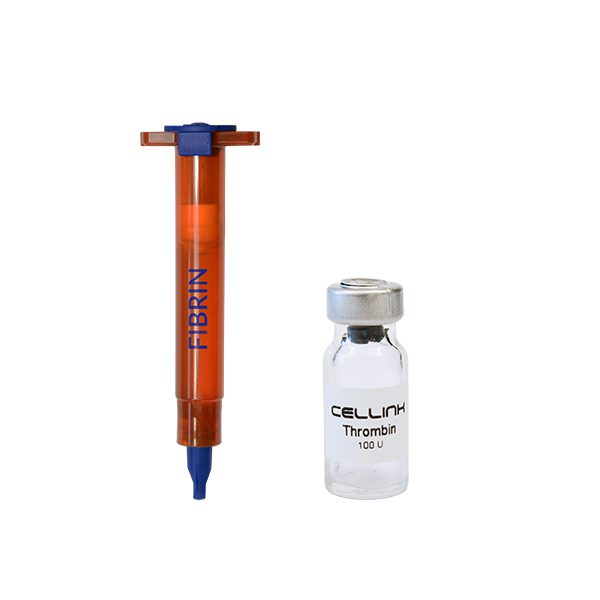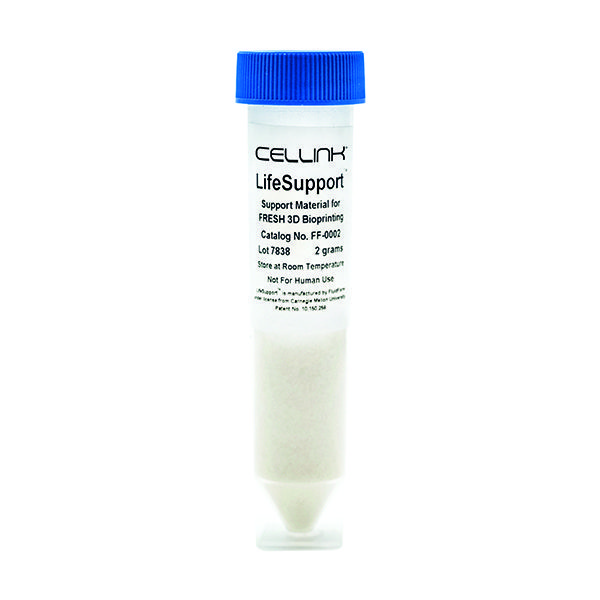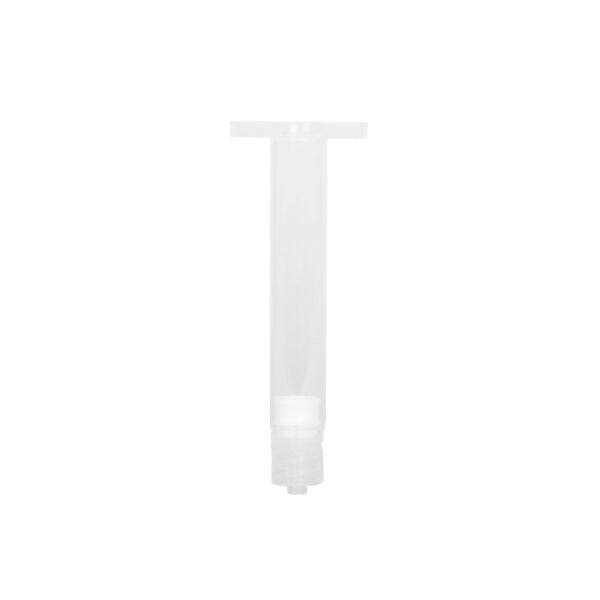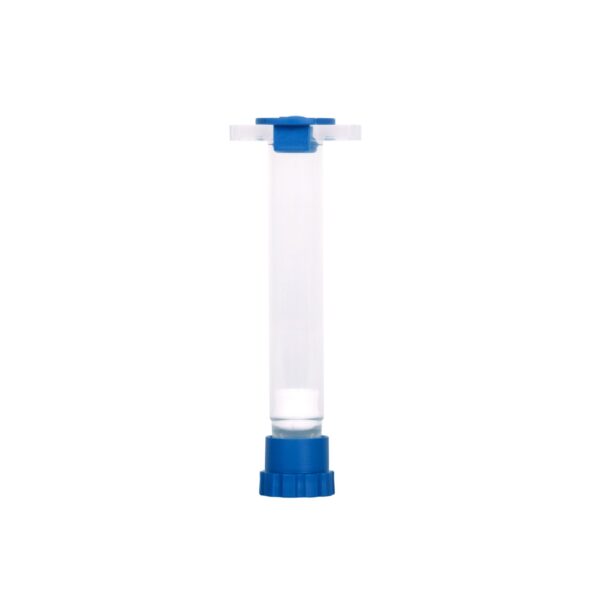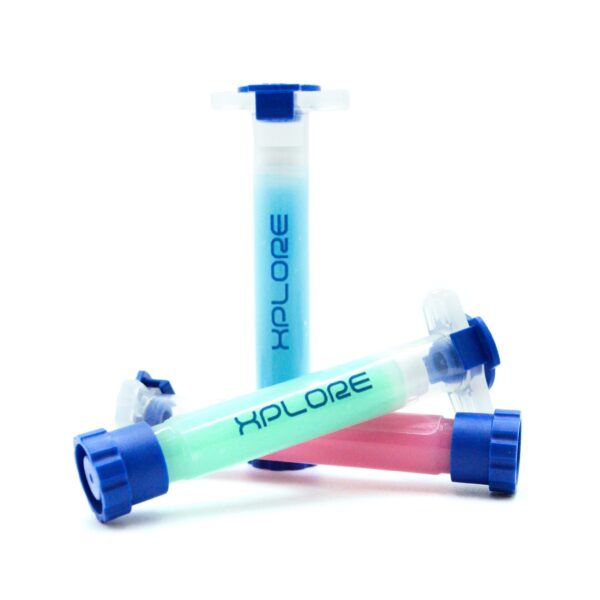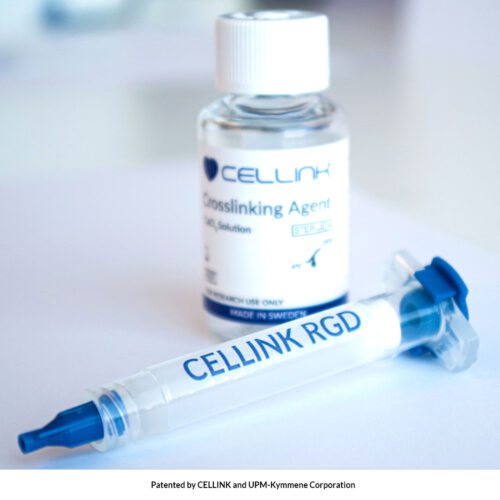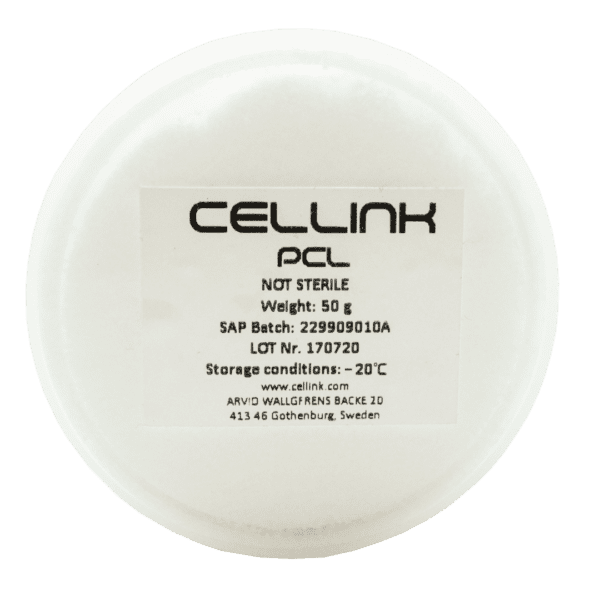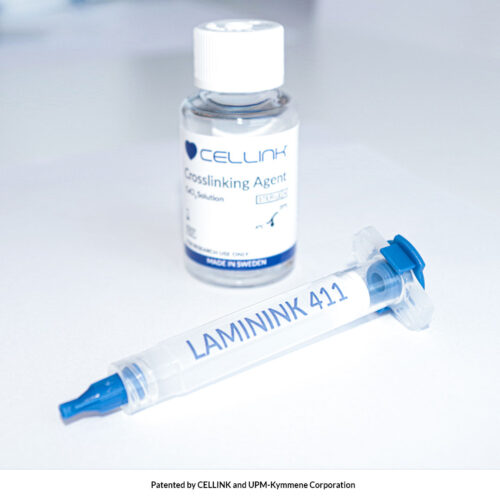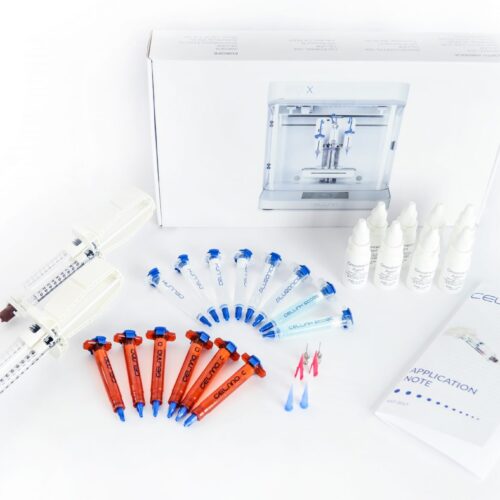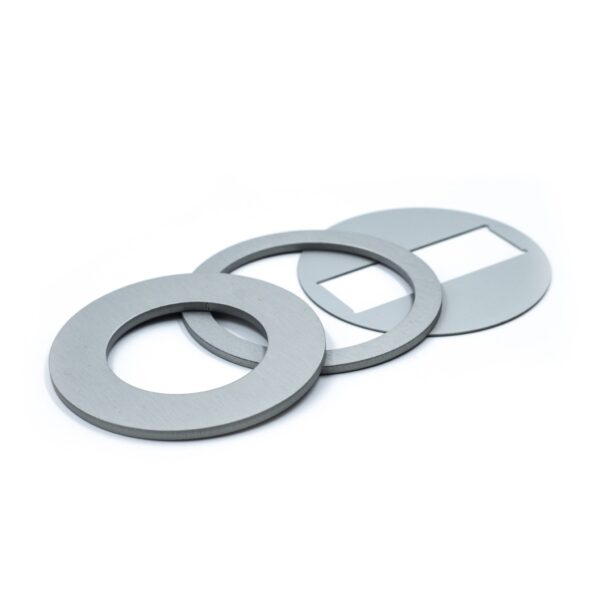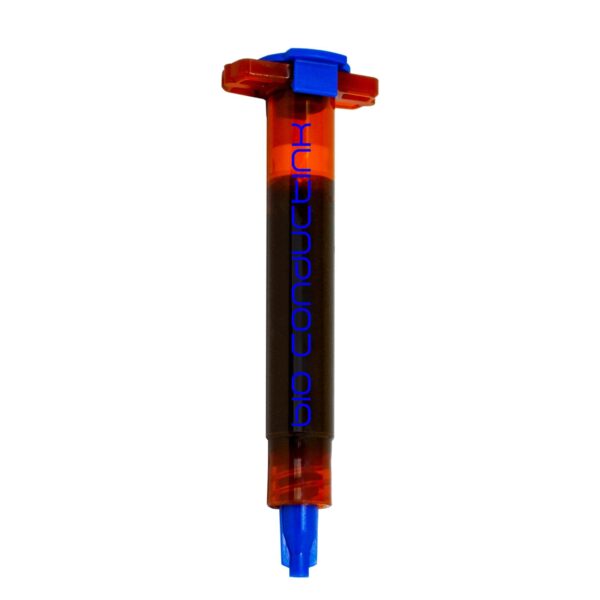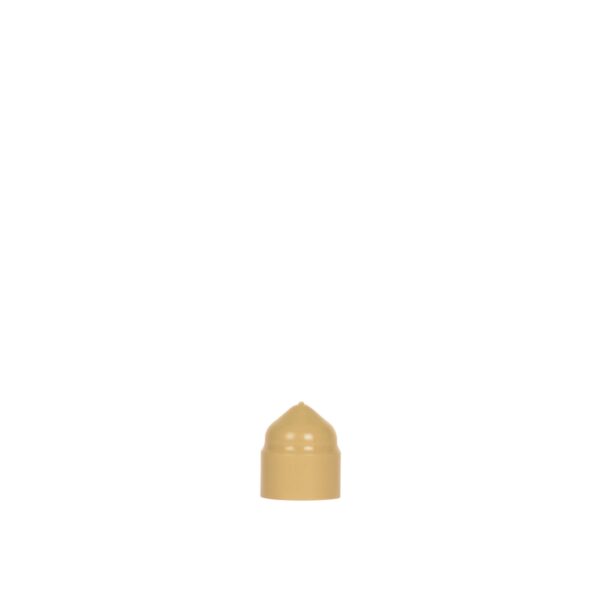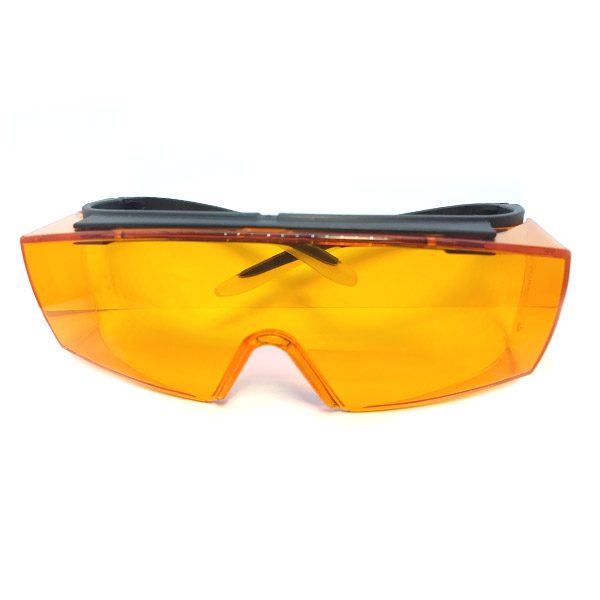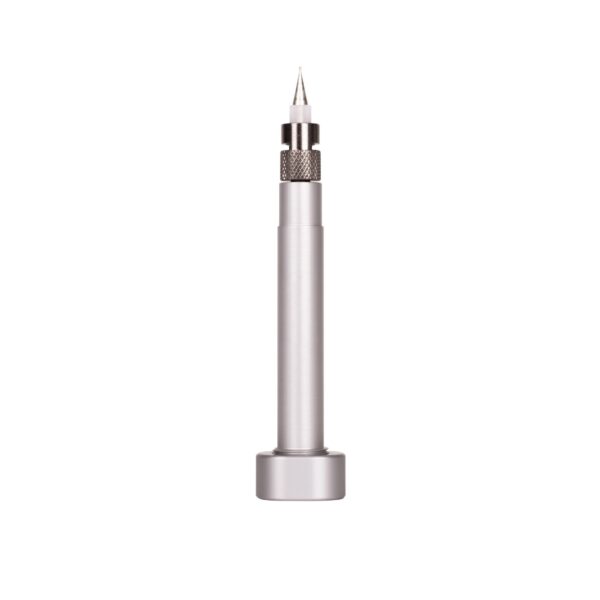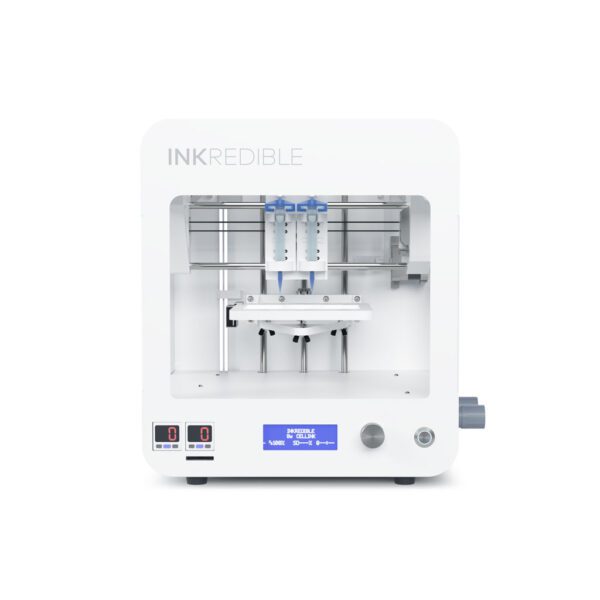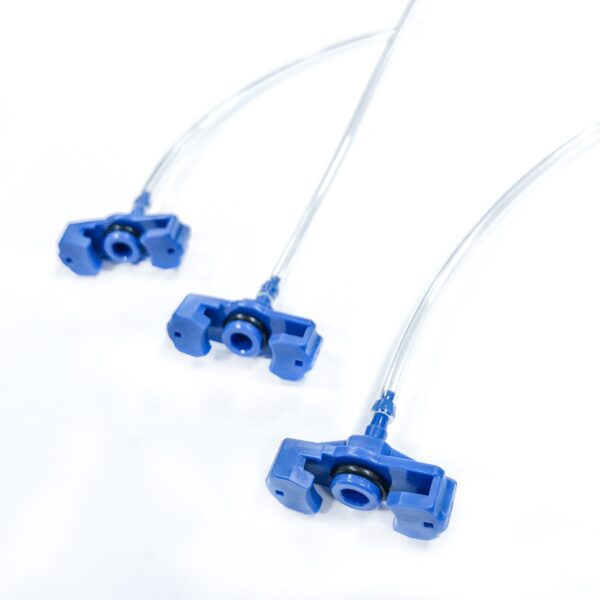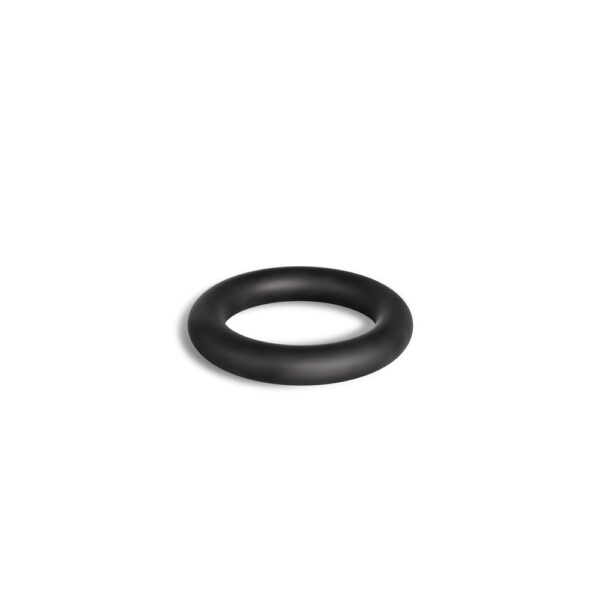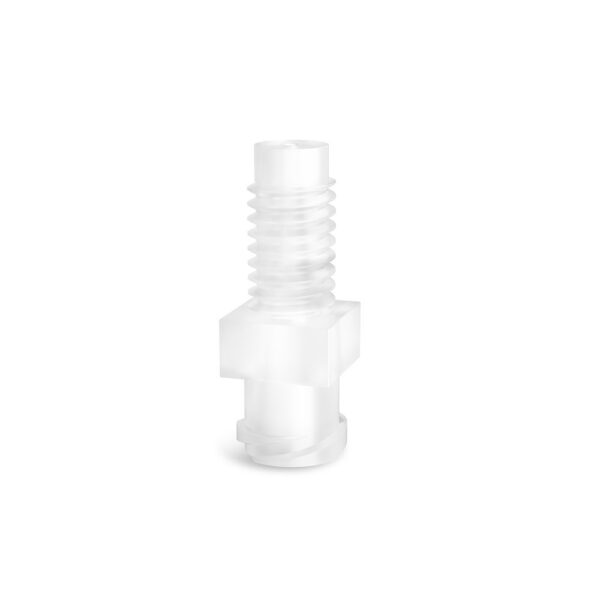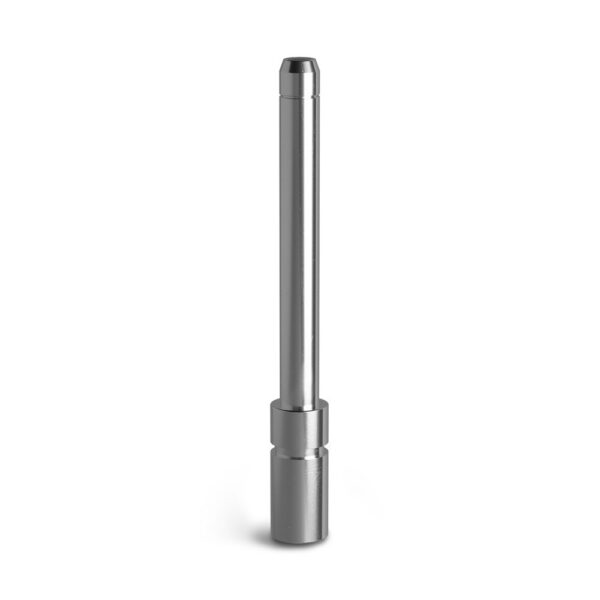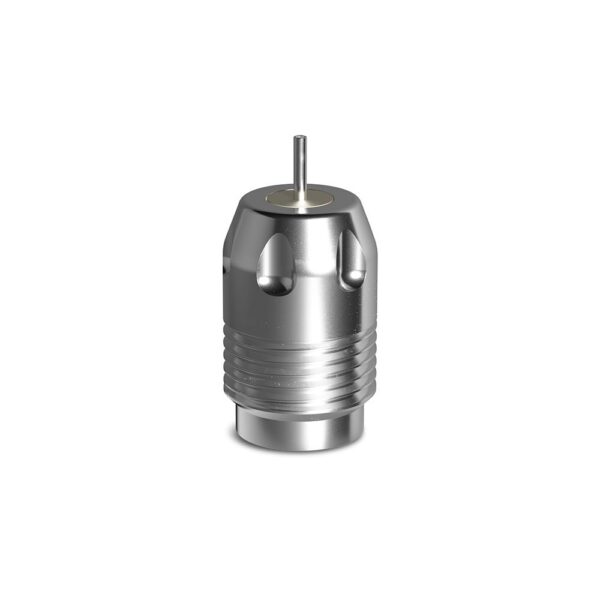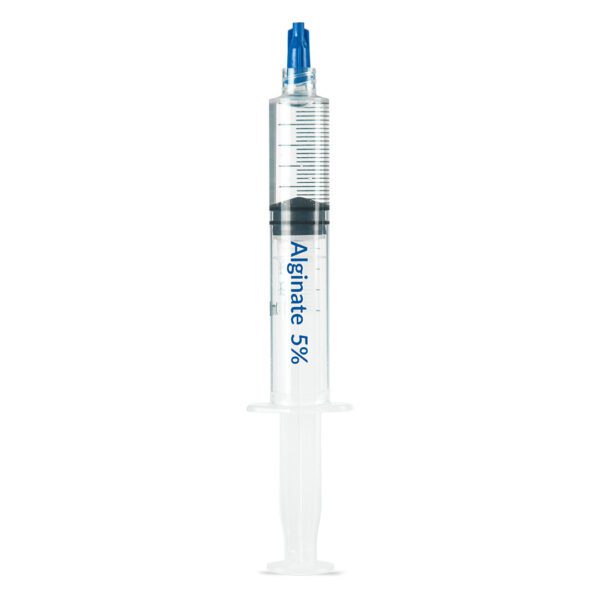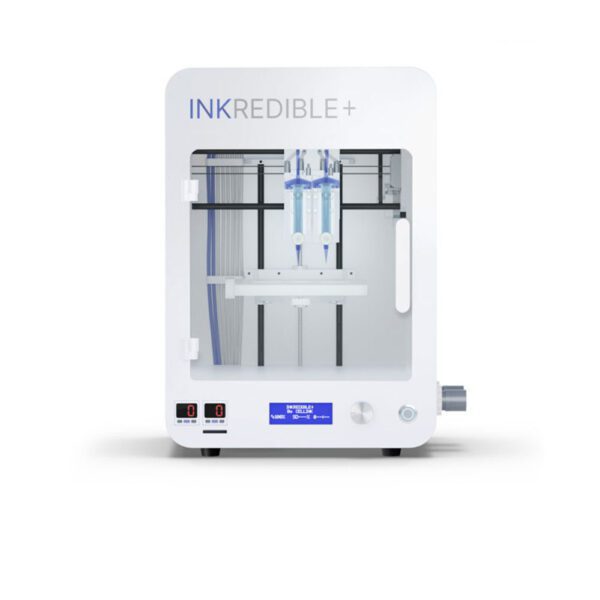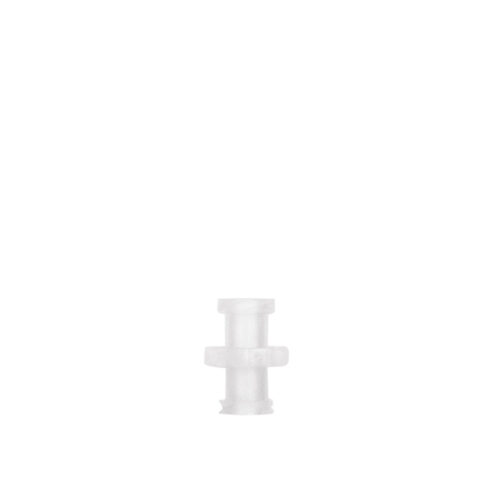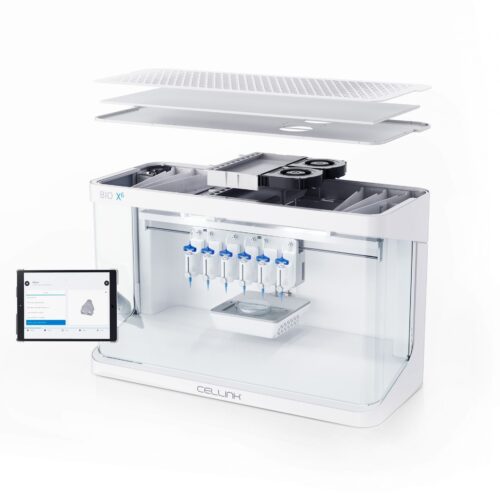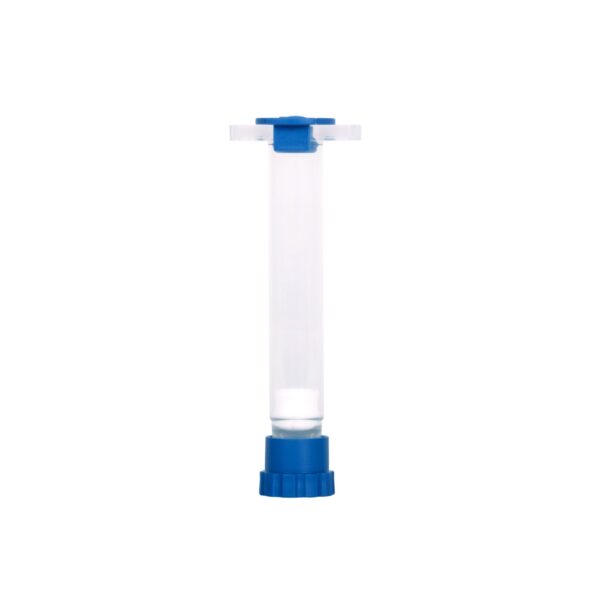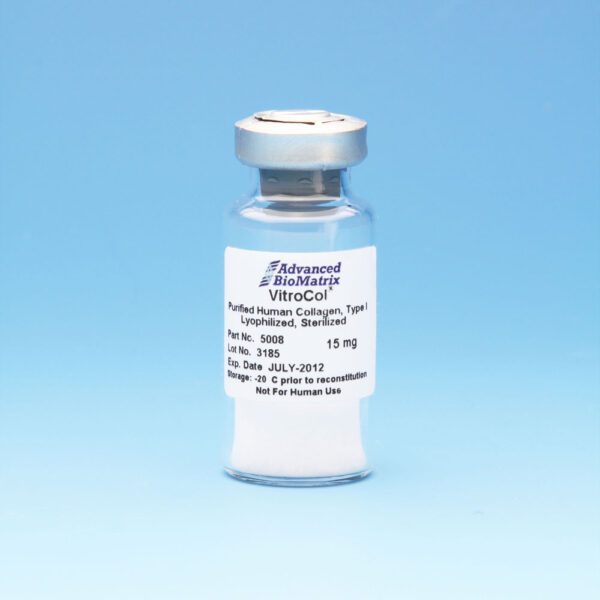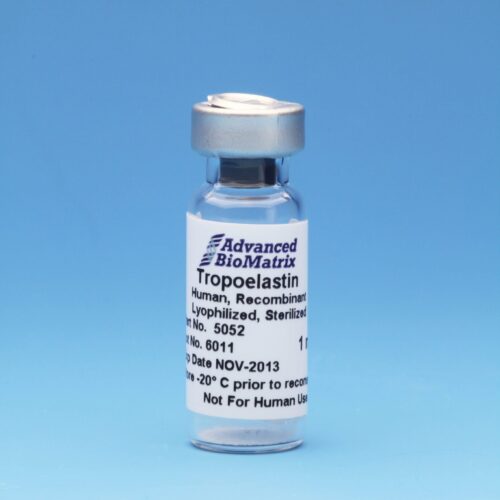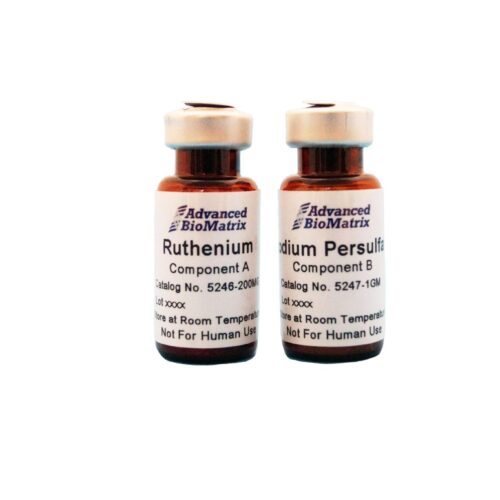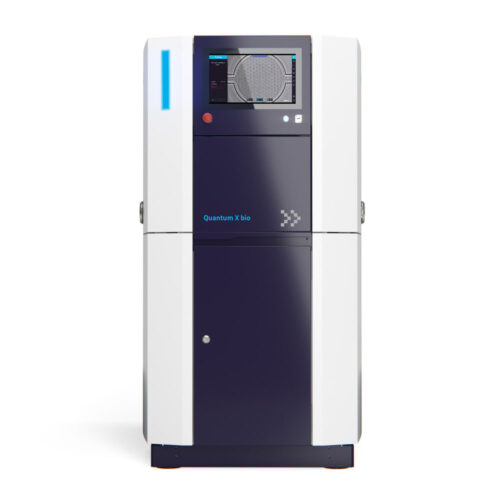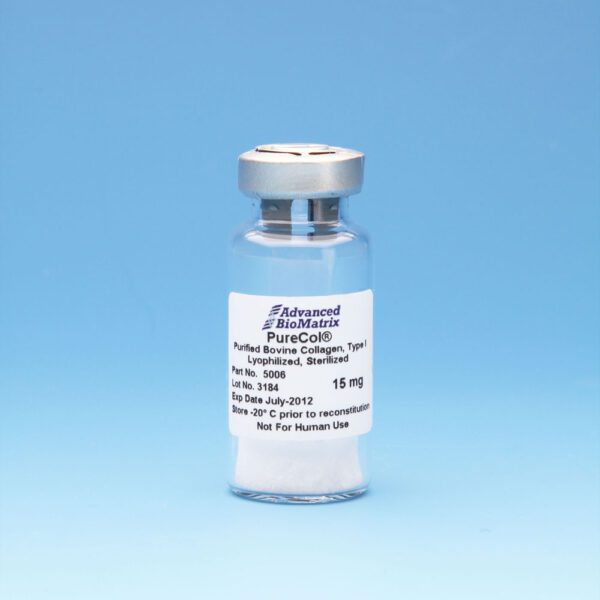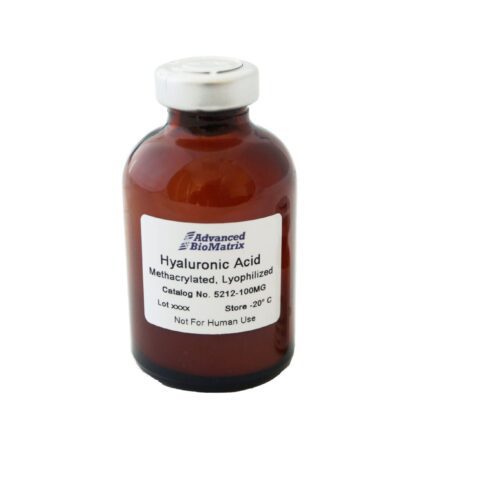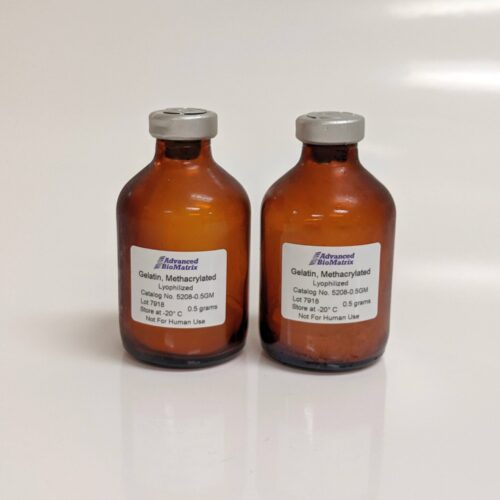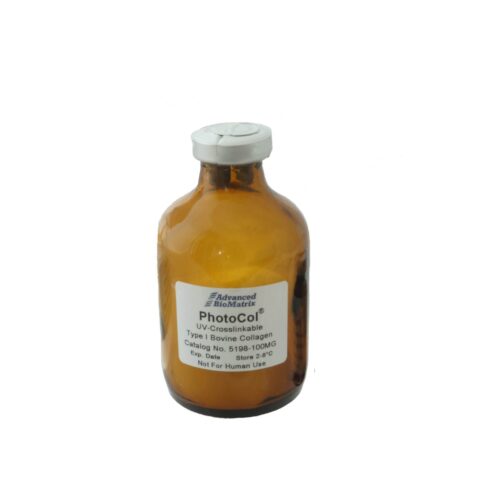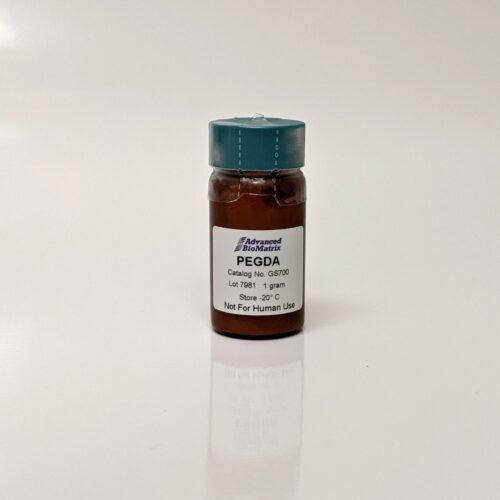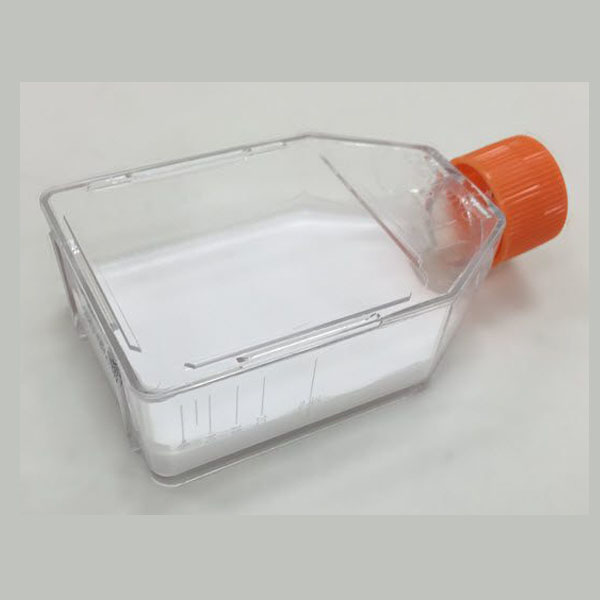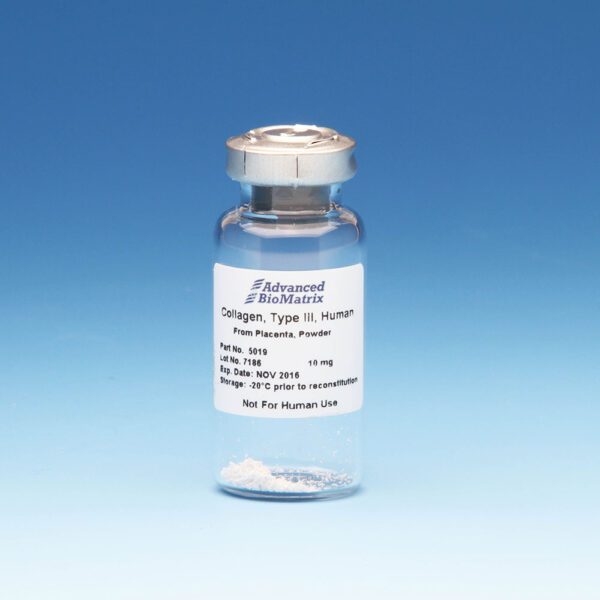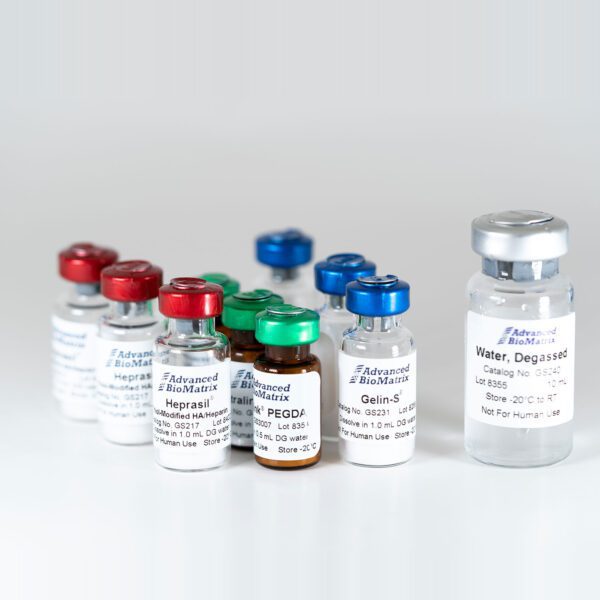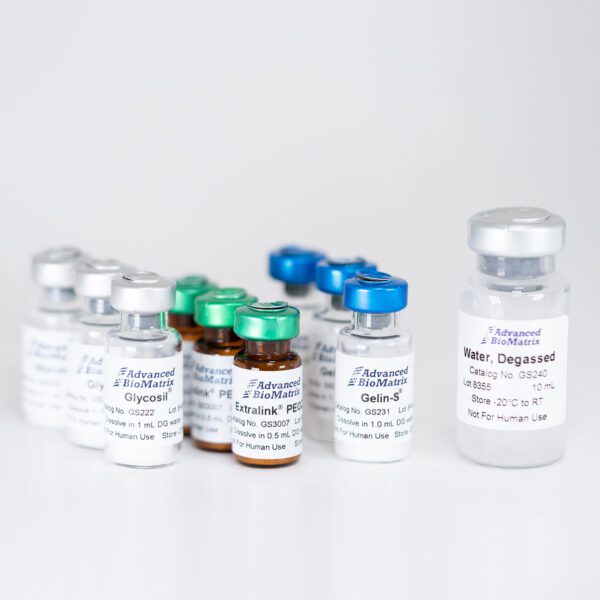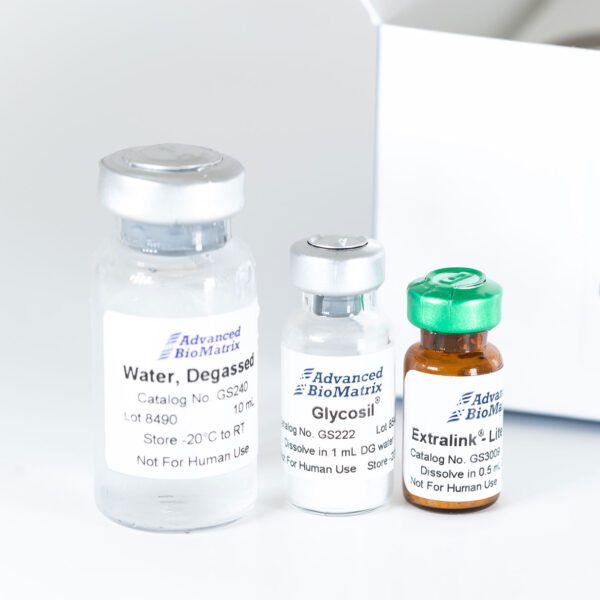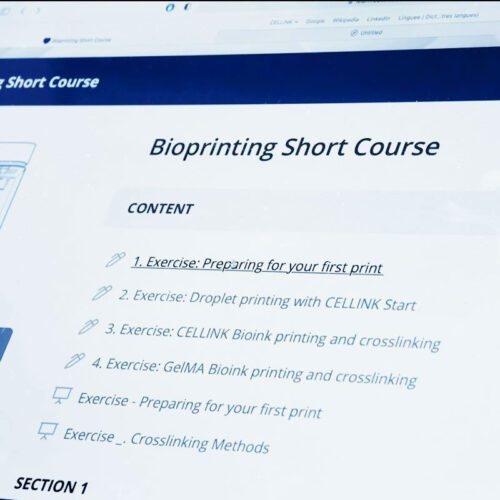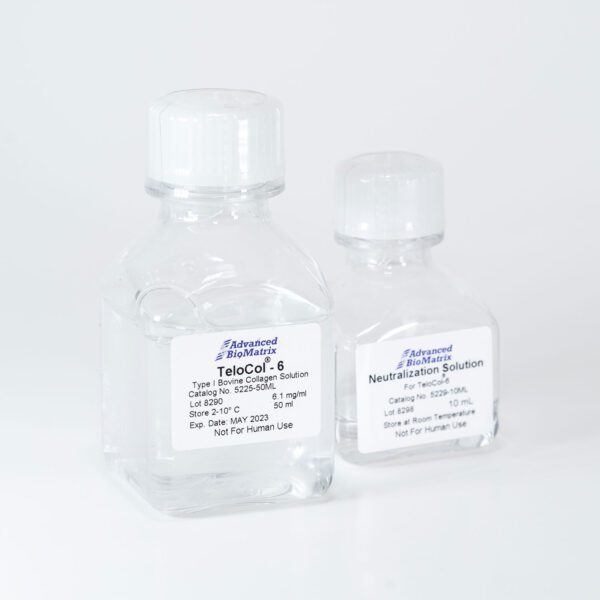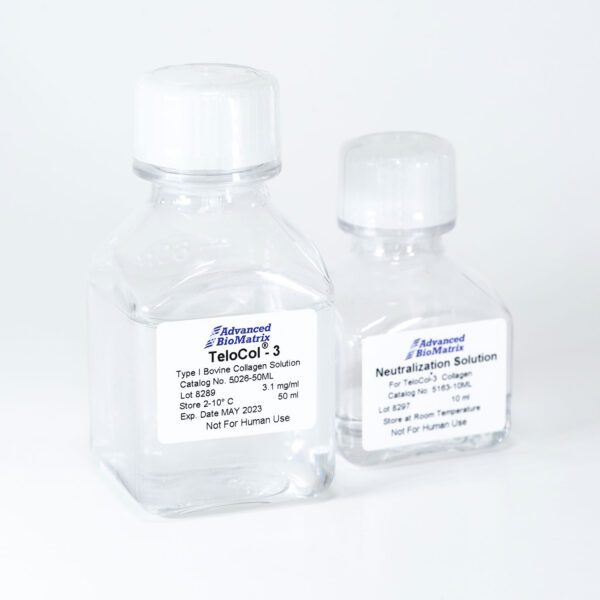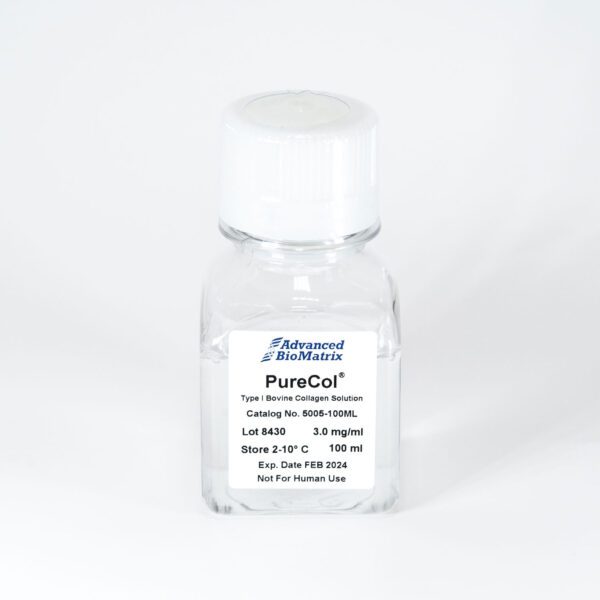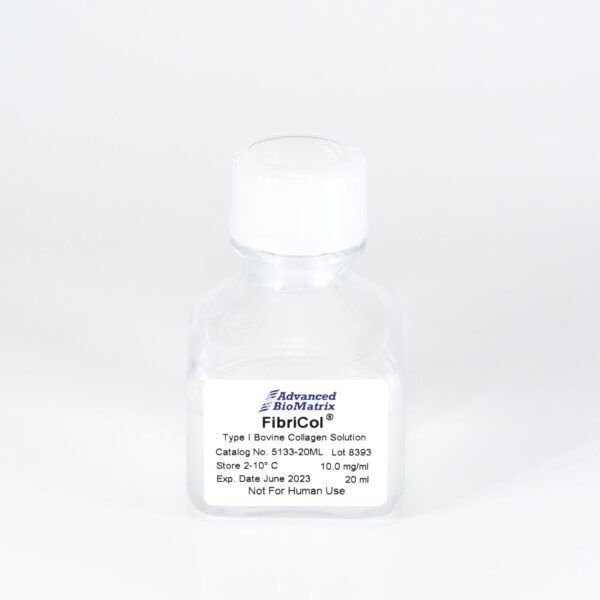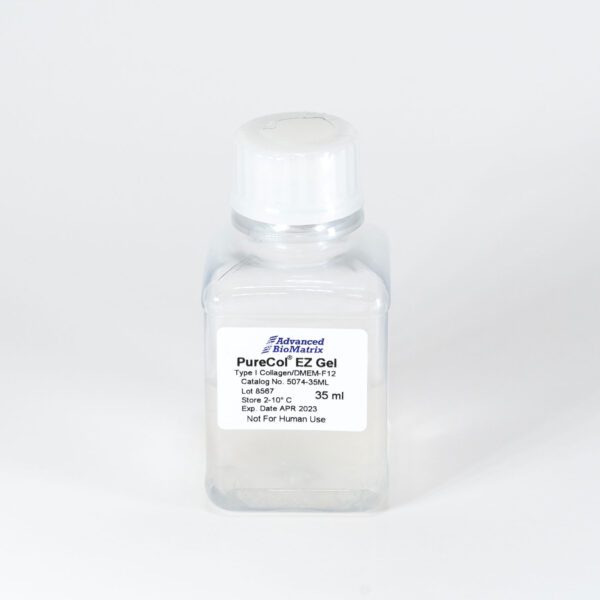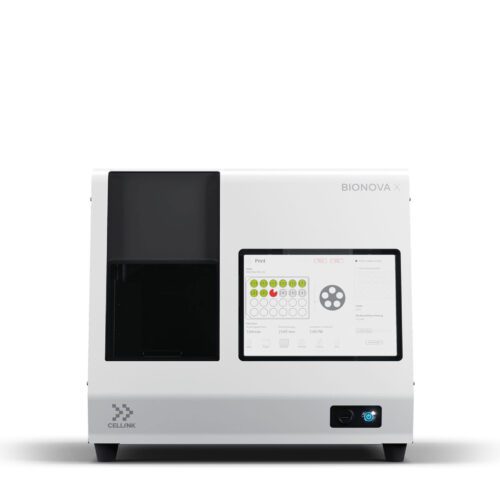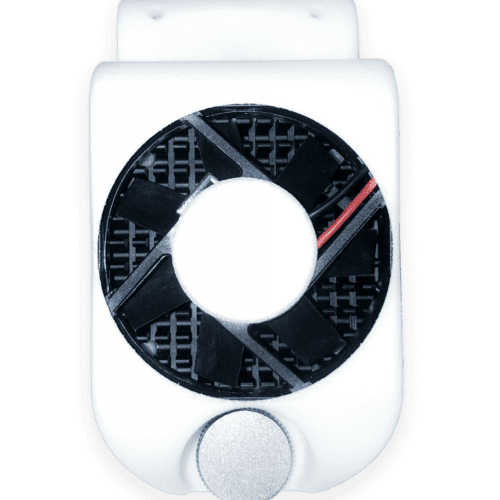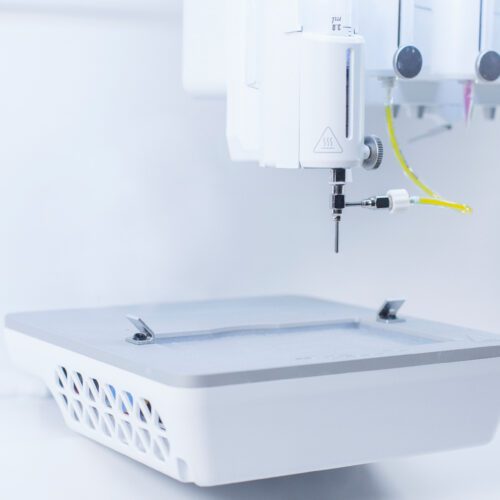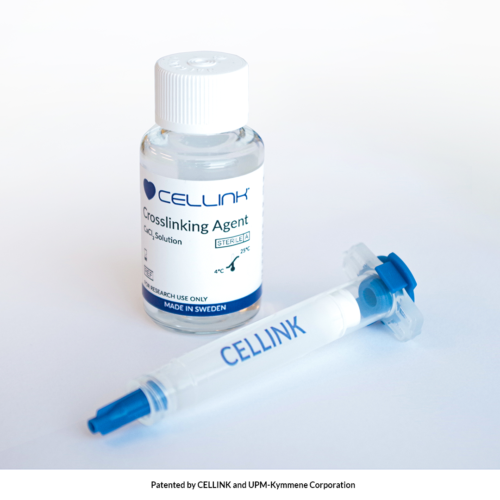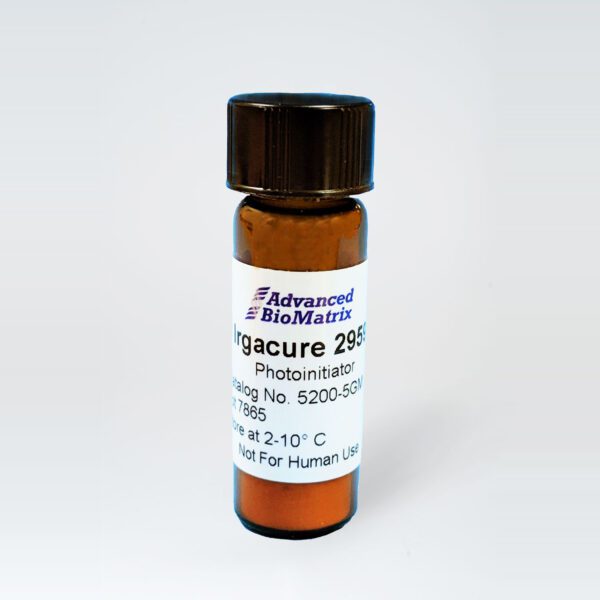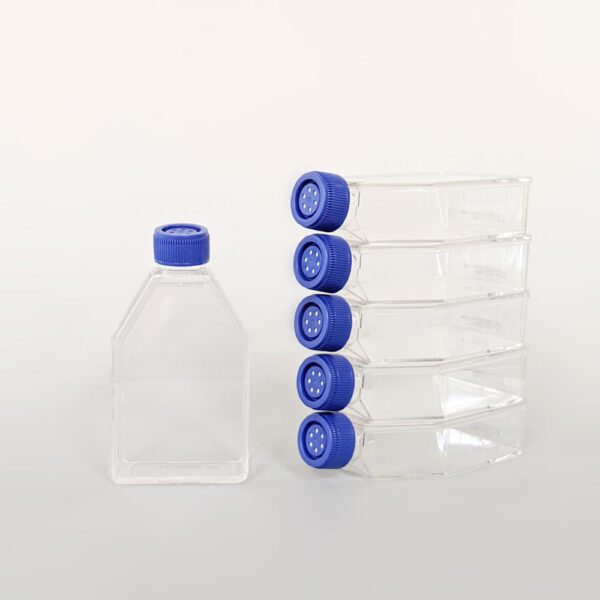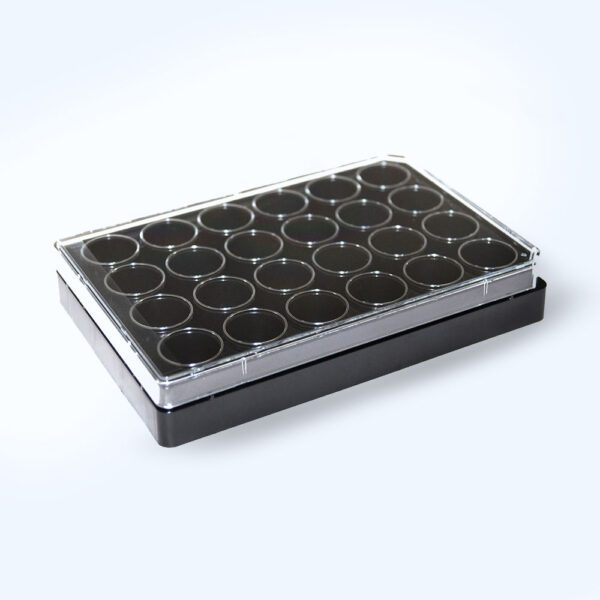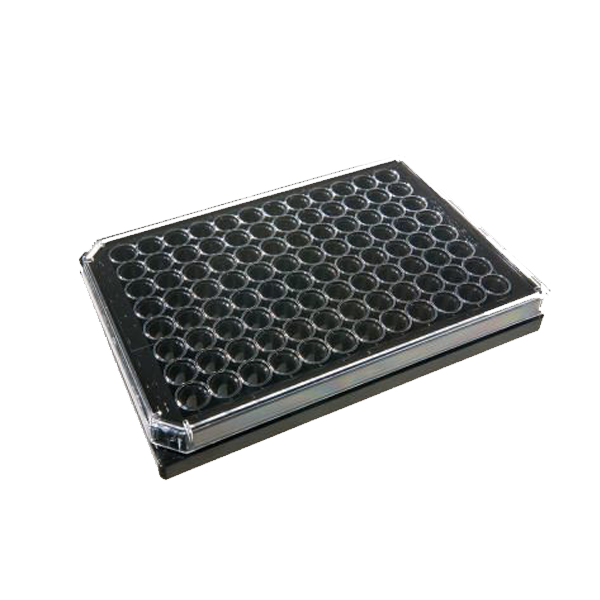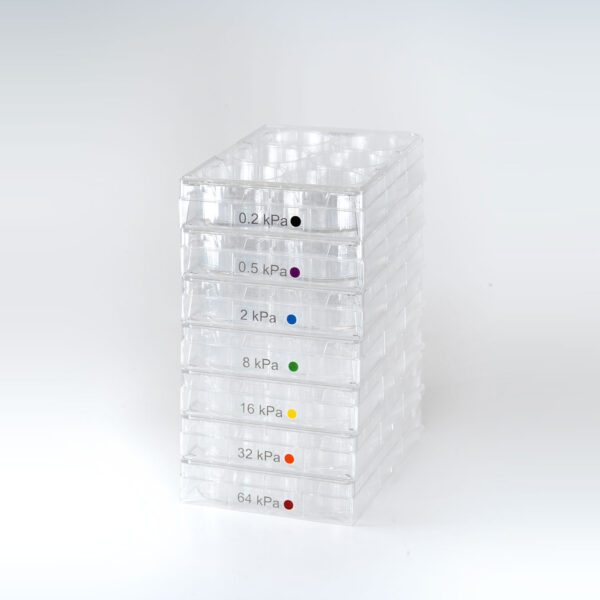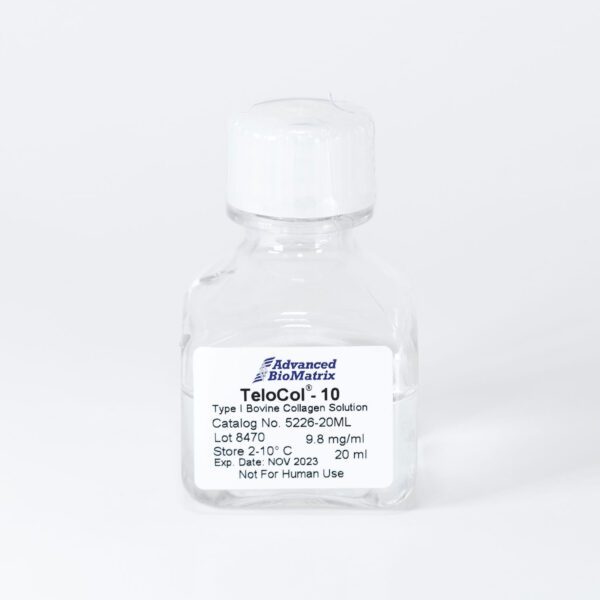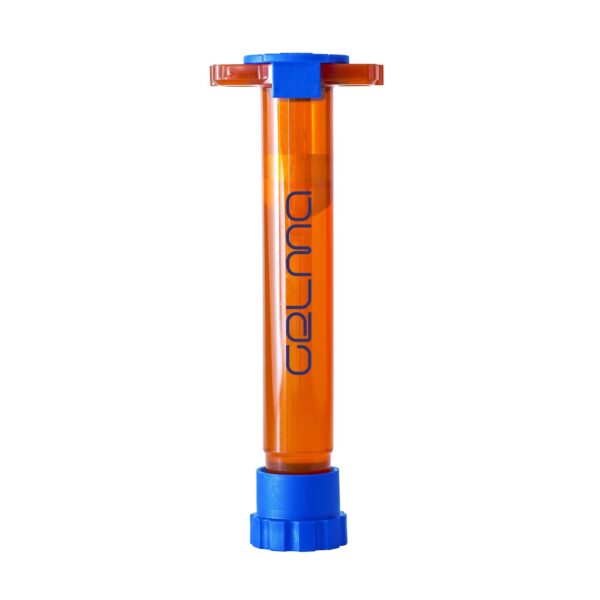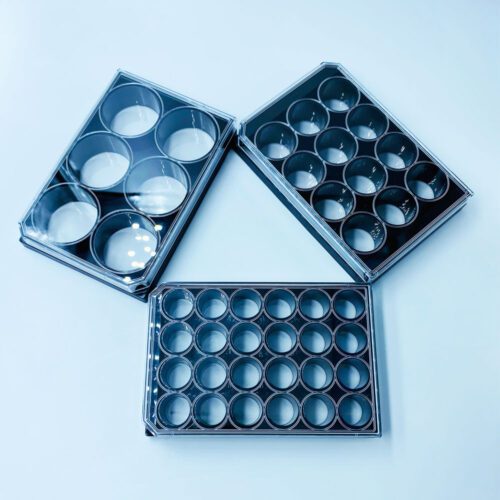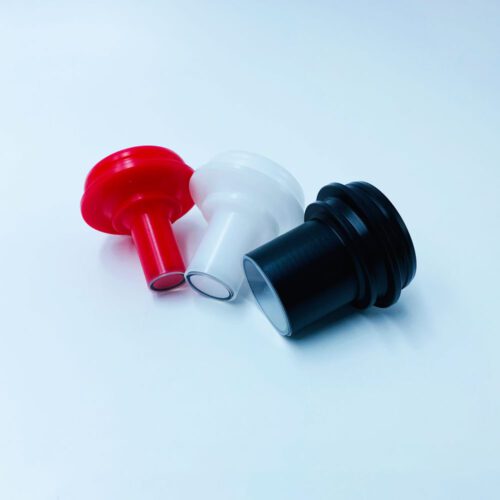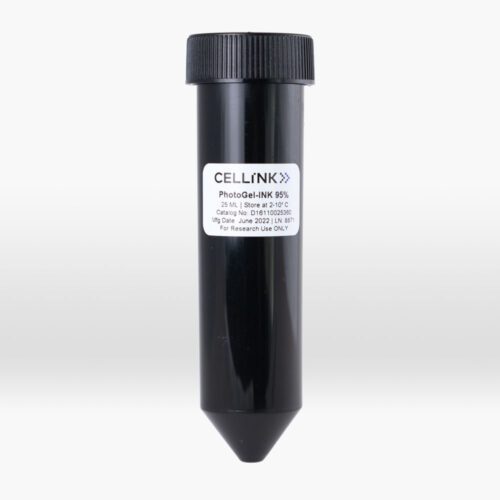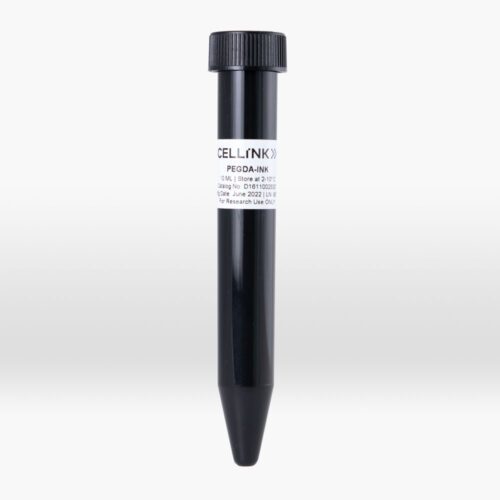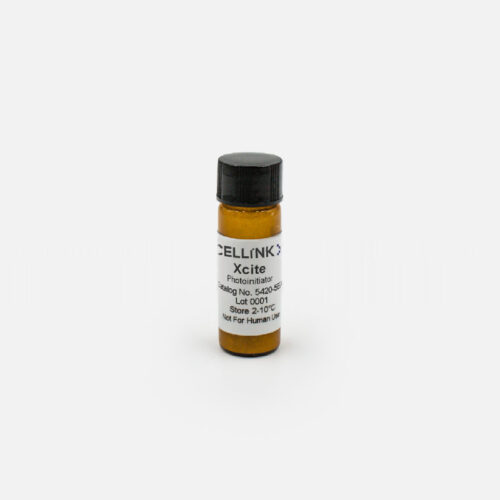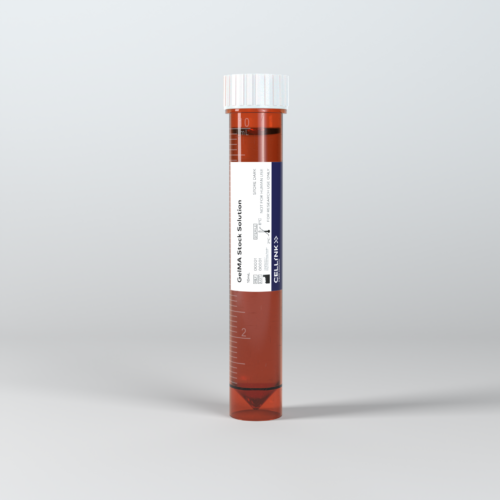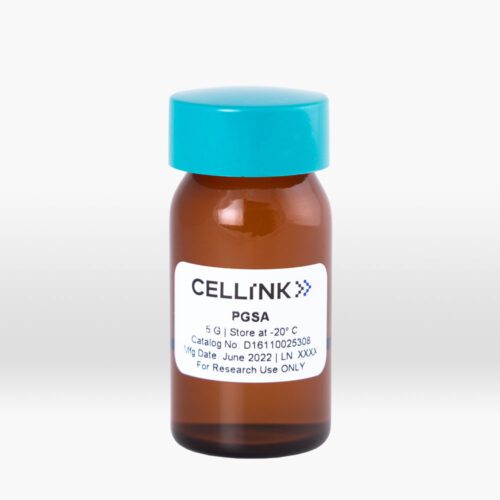M. S. Prakash
Senior Leader Technical Operations at RWDI India

3D Printing Precise and Sturdy Models for Wind Tunnel Testing
Standing 182 meters tall, the ‘Statue of Unity’ is the tallest structure in the world that was built in the memory of Indian statesman and independence leader Sardar Vallabhbhai Patel. RWDI’s wind engineering team in India supported the design of this record-setting structure.
Founded in 1972, Rowan Williams Davies & Irwin Inc. (RWDI) is a consulting firm that specializes in wind and environmental engineering. With offices in the US, the UK, Canada, India, and China, RWDI has worked on numerous projects worldwide and provide their clients with solutions like modelling, wind tunnel testing, and engineering analysis for particularly challenging buildings like high-rises and airport structures etc by creating cost effective and accurate solutions to manage the effect of wind on these structures.
“Thanks to the precise models that Stratasys 3D Printers help us create, the cladding and structural cost in our wind tunnel tests have been significantly reduced..”
M. S. Prakash,
Senior Leader Technical Operations at RWDI India

Windproof Prototypes
These include 432 Park Avenue in New York city, the tallest residential tower in the Western Hemisphere, and Vrindavan Chandrodaya Mandir in Mathura, Uttar Pradesh, which will be the tallest temple in the world upon completion. RWDI provides a wide range of services for its clients, such as daylight modelling, energy and water modelling, and mechanical and natural ventilation. These design considerations aim to create buildings that are more efficient, sustainable, comfortable, and resilient to natural disasters.

Stratasys India General Manager Rajiv Bajaj with SOU
An Engineering Challenge
Stratasys India General Manager Rajiv Bajaj with SOU
An Engineering Challenge
The Statute of Unity structure which was going to be nearly twice the height of the Statue of Liberty in New York city, presented design challenges in its slenderness, complex geometry, and location in windy, mountainous terrain. The statue underwent extensive testing both at RWDI’s Canadian wind tunnel laboratory and the state-of-the-science wind tunnel testing facility in Trivandrum, India – the first such commercial facility of its kind in India.
The wind engineering team began by developing a detailed understanding of the wind climate at the building site by testing a scaled model, approximately 1:300V times smaller model of the structure and of the topography including bridges and building within half-kilometre radius was recreated. Equipped with these baseline insights, the statue models were tested, assessing both structural wind loads and cladding wind loads evaluating potential issues related to pedestrian comfort around the structure – and visitors’ centre at its base.
Because the models are used both for conceptual and functional testing, their production can be quite challenging. Several criteria like precision, sturdiness, stability, and quick turnaround must be met. Traditional methods typically involve milling, turning, and fabrication, with a skilled model maker spending week making patterns and twisting the model by hand. The process is lengthy and requires constant communication with the vendors. The material costs can also be exorbitant because of the inherently wasteful nature of subtractive fabrication methods. And in addition to high costs and long wait times, the models often lack proper detail and precision, which strongly affects the results of the wind tunnel test.
Simulating Material Property and Texture
The team at RWDI India was looking for a solution that would simplify their process and improve the quality of their prototypes. Their counterparts in the UK and Canada already found a solution to their own similar problems: 3D printing. At their recommendation, RWDI India decided to install two F370™ FDM (Fused Deposition Modelling ) technology based Stratasys 3D printers.
FDM 3D printing technology is a cost-effective, high-quality alternative to traditional manufacturing, and the versatile and user friendly F123™ Series was ideal for the team’s needs. The F370 (the largest printer in the F123 family) is easy to operate and maintain, even for beginners to 3D printing, and is well-suited for every stage of prototyping, from concept to functional testing. A number of materials with ideal mechanical properties for wind tunnel testing are available on the F370.
Fused Deposition Modelling Is The Answer
In addition to lead times and costs associated with outsourcing, the team had also been struggling to achieve the necessary level of detail for their models. For the most accurate tests, the model’s surface needed to simulate the texture of the actual building’s exterior. The RWDI India team discovered that the FDM parts printed by their F370 had just enough texture to provide a reasonable approximation of a real building’s surface. The F370 also provided a much higher level of precision than previous manufacturing techniques. Using soluble supports, designers could incorporate every detail of the building into the wind tunnel model including internal passages, baffles, and pressure tap locations. The support material easily dissolved away from recesses and features. This level of detail, and the dimensional accuracy of the FDM process, allowed the team to ensure the highest quality of data from wind tunnel testing.
Exciting Prospects
Bringing the prototyping process in-house slashed lead time and costs and enabled the team to undertake more projects and better serve their customers. “We thank Altem Technologies and particularly the technical team for their continuous support since 2013 to resolve any technical issues for the Dimension SST 1200 & the two F370 3D Printing machines from Stratasys for wind tunnel testing and other projects of RWDI in India” said M.S. Prakash, Senior Leader Technical Operations at RWDI India. He is highly satisfied with the results and looks forward to applying their 3D printers on a larger scale.
About Stratasys F370 3D Printer:
The Stratasys F370 is a part of the world leading F123 Series based on Fused Deposition modelling technology (FDM), invented by Stratasys. The Stratasys F370 FDM 3D Printing demands less knowledge and experience, while meeting even the most advanced rapid prototyping needs. Based on the most widely used FDM 3D Printing technology, this affordable Stratasys F370 Industrial 3D printer, bundled with GrabCAD Print, 3D Printing Software ,is perfect for any shared workspace and yet powerful enough to compete in the most competitive business environments.
With F370 3D Printing machine, designer can create an idea, and test it the same day. This FDM 3D Printer also utilize various 3D Printer filaments viz. PLA, ABS-M30, ASA, ABS-CF10, TPU 92A, PC-ABS and Diran 410MF07. ABS-CF10, combining the benefit of Carbon Fiber filament makes this fused deposition modelling technology based F370 an unparalleled carbon fiber 3D Printer (See also F123CR Series) at an affordable Price. Inclusion of TPU Filament enables it to print elastomers. Diran, a nylon based thermoplastic, enables nylon 3D Printing, demonstrating exceptional toughness and resistance to hydrocarbon based chemicals with smooth surface and lubricious surface quality. Industries can cut lead times and costs, products turn out better, and get to market faster. An array of 3D Printing materials included, enables users to work on multiple 3D Printing Applications.

Publication Date : November, 2022
About Altem Technologies Pvt. Ltd
Altem Technologies is a well-established 3D digital experience company that has been actively contributing to the industry for nearly 15 years. Initially rooted in PLM software and 3D Printing, Altem has successfully transformed into a prominent provider of comprehensive 3D digital solutions. Altem’s 3D Innovation platform offers an extensive array of products catering to various applications, including design, reverse engineering process, asset digitization, prototype manufacturing, life science, healthcare, culture and heritage, and consultancy services, among others.
With a diverse clientele spanning automotive, aerospace, manufacturing, healthcare, research academia, and more, Altem adeptly addresses the unique requirements of each industry through a combination of expertise and innovation. Our team comprises skilled professionals, including Scientists, Application Engineers, Designers, domain experts, and software specialists, all working collectively to deliver exceptional solutions to our valued customers.
Altem Technologies Pvt Ltd, besides being a major provider of 3D Scanning services in India, is also a leading provider of 3D Printing Services in India with 3D Printing technologies like FDM, Polyjet, DLP, Metal, etc. Altem offers a complete solution around 3D Digitization and Innovation and has emerged as a one-stop-shop for all 3D Printing, 3D Scanning, CAE, PLM, and Life Sciences needs, offering a wide spectrum of products for engineering and life sciences companies in India.
